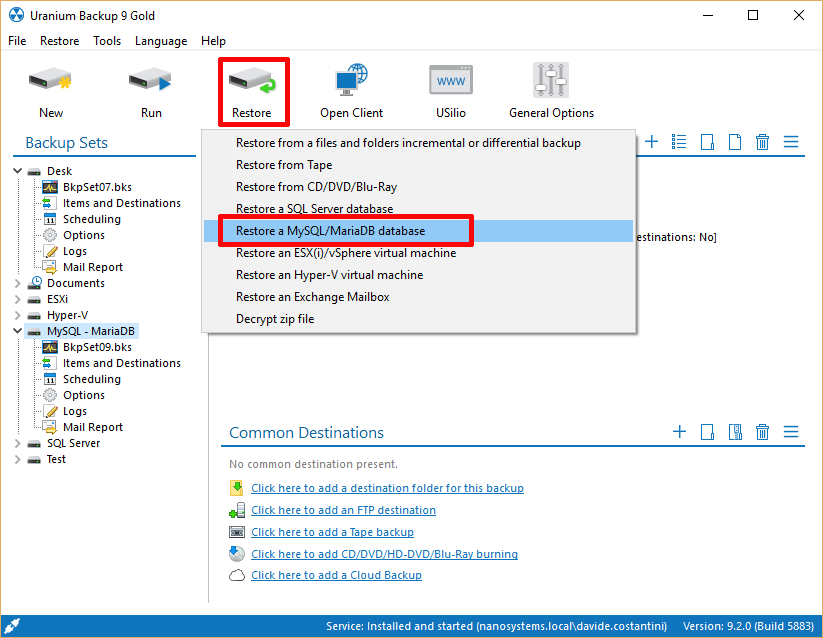How to Restore MariaDB Database from Backup
Accidents happen. And when they do, it’s crucial to have a backup plan in place for your MariaDB database. Whether it’s due to human error, software issues, or hardware failure, having a recent backup could be a lifesaver when it comes to recovering your data. In this article, we’ll walk you through the steps to restore your MariaDB database from a backup file.
Step 1: Access your MariaDB Server
The first step in restoring a database backup is to access your MariaDB server. You can do this by logging in to your server using SSH or any other method that works for you. Once you’re logged in, you can proceed to the next step.
Step 2: Identify the Backup File
Before you can restore your database, you need to identify the backup file that you’ll be using. Make sure you have the correct file path and name of the backup file handy before proceeding.
Step 3: Restore the Database
Now that you have access to your server and know which backup file you’ll be using, it’s time to restore your MariaDB database. You can do this by using the following command in your terminal:
mysql -u [username] -p [databasename] < [backupfile.sql]
Replace [username] with your MariaDB username, [databasename] with the name of your database, and [backupfile.sql] with the path to your backup file. Press enter, and your database should be restored from the backup file.
Step 4: Verify the Restoration
Once the restoration process is complete, it's essential to verify that your database has been successfully restored. You can do this by logging in to your MariaDB database and checking if all your data is intact.
Step 5: Update your Backup Strategy
Lastly, it's essential to update your backup strategy to prevent future data loss. Regularly backing up your MariaDB database and storing the backup files securely can save you time and effort in the event of a data disaster.
Restoring a MariaDB database from a backup file may seem complex, but with the right tools and knowledge, it can be a straightforward process. By following the steps outlined in this article, you can ensure that your data is safe and secure, even in the face of unforeseen circumstances.
